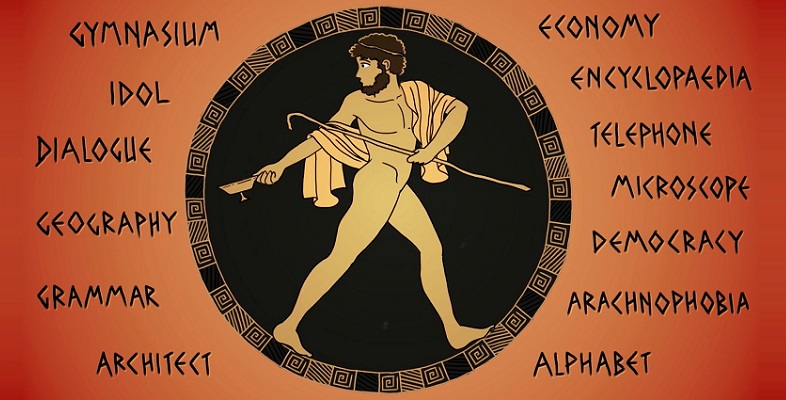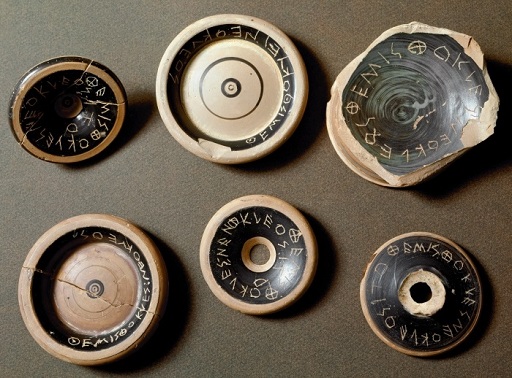8 Reconstructing pronunciation
Is it possible to reconstruct the pronunciation of a language without access to native speakers?
Although complete certainty is impossible, we can reconstruct the pronunciation of ancient Greek with some confidence using ancient evidence combined with principles drawn from modern linguistics.
Here are some of the main types of evidence:
- The testimony of Greek writers – one Greek grammarian stated explicitly that ‘zeta’ was pronounced as a combination of ‘s’ followed by ‘d’. Another speaks of the tongue ‘beating the air’ in the pronunciation of ‘rho’, implying that it was ‘trilled’ as in Italian, unlike the ‘r’ sound of southern England.
- The representation of Greek words in other languages – especially Latin, where, for instance, the letter φ is rendered not as ‘f’ but ‘p’ or ‘ph’.
- Changes in spellings – these can provide valuable evidence for the way pronunciation changed over time and the way in which ancient pronunciation relates to modern. Common spelling mistakes on stone or papyrus can also provide useful clues in the hands of an expert.
- Wordplay, including puns, onomatopoeia (words that match the sounds they describe) and even baby-talk, like μάμμη (mammē) and πάππα (pappa), which are similar across many languages.
The ostraka in Figure 2 contain the name of the Athenian statesman Themistocles, son of Neocles. We know from many ostraka that his name was regularly spelled Themisthocles, with a second theta instead of the letter tau. The eventual change of spelling from theta to tau is easier to understand if the pronunciation of theta and tau was closer in the fifth century than they are today.
Sometimes clues to unlocking the pronunciation of Greek in the classical era come from unusual sources, such as attempts by ancient authors to represent in writing the sounds that various animals make. In the following exercise you will encounter some of these ‘onomatopoeic’ words (a term derived from the Greek words ὄνομα, name, and ποιέω, I make).
Activity 6 Animal sounds
Try to match the sound with the animal.
Using the following two lists, match each numbered item with the correct letter.
-
κόκκυ
-
βῆ βῆ
-
αὖ αὖ
-
κικκαβαῦ
-
βρεκεκεκὲξ κοὰξ κοάξ
a.
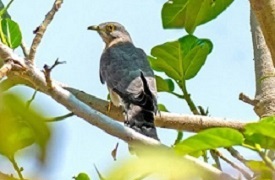
b.
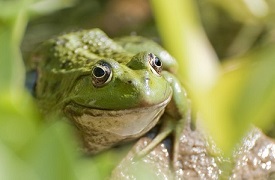
c.
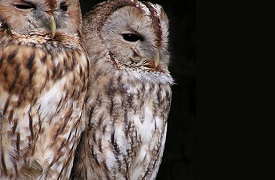
d.
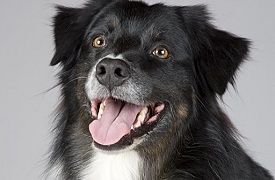
e.
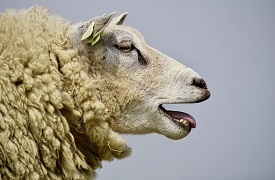
- 1 = a
- 2 = e
- 3 = d
- 4 = c
- 5 = b
Discussion
Here are the sounds spoken aloud:
κόκκυ (kokku) – cuckoo.
βῆ βῆ (bē bē) – sheep.
αὖ αὖ (au au) – dog.
κικκαβαῦ (kikkabau) – owl.
βρεκεκεκὲξ κοὰξ κοάξ (brekekekex koax koax) – frog. This is the phrase uttered by the frog chorus in Aristophanes’ comic play, The Frogs.
